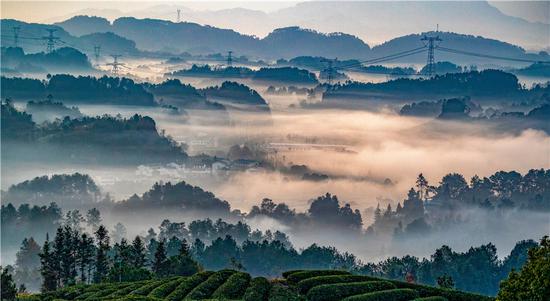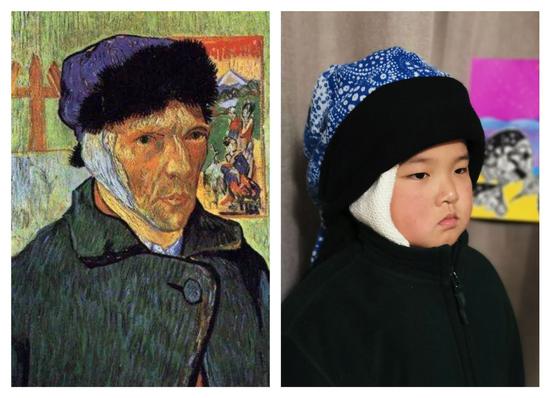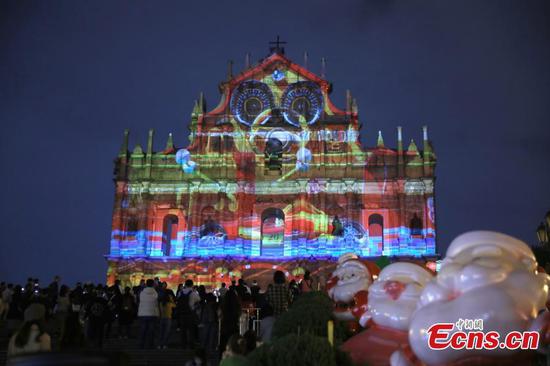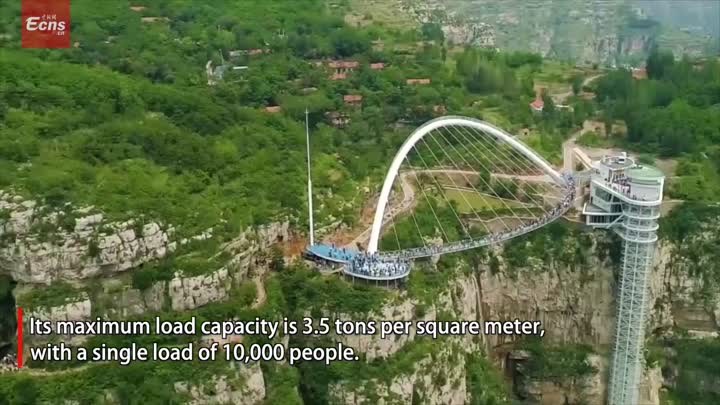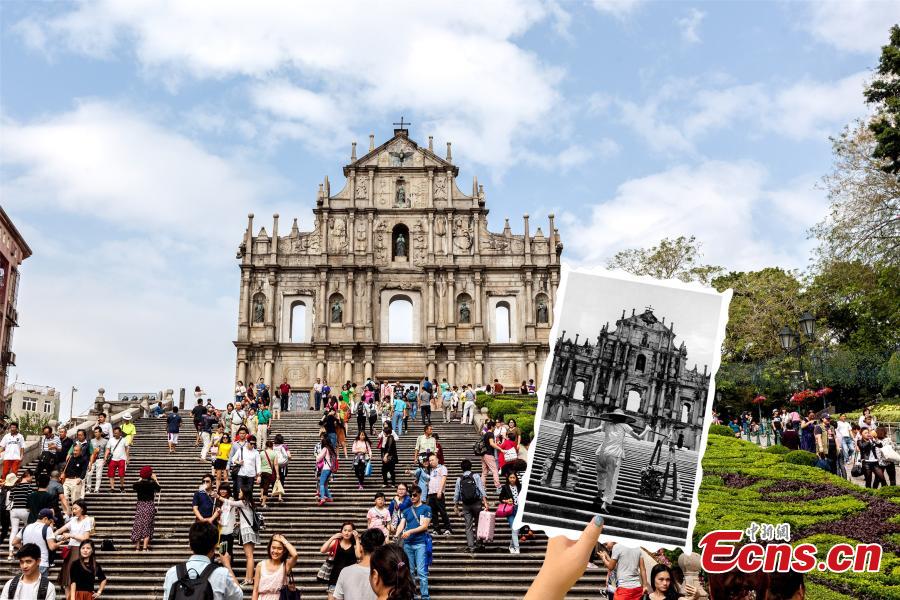
The Ruins of St. Paul's is one of the most iconic scenic spots in Macao. After 400 years of vicissitudes, it has witnessed the ups and downs of Macao. (Photo: China News Service/Tian Bochuan Li Xueyao)
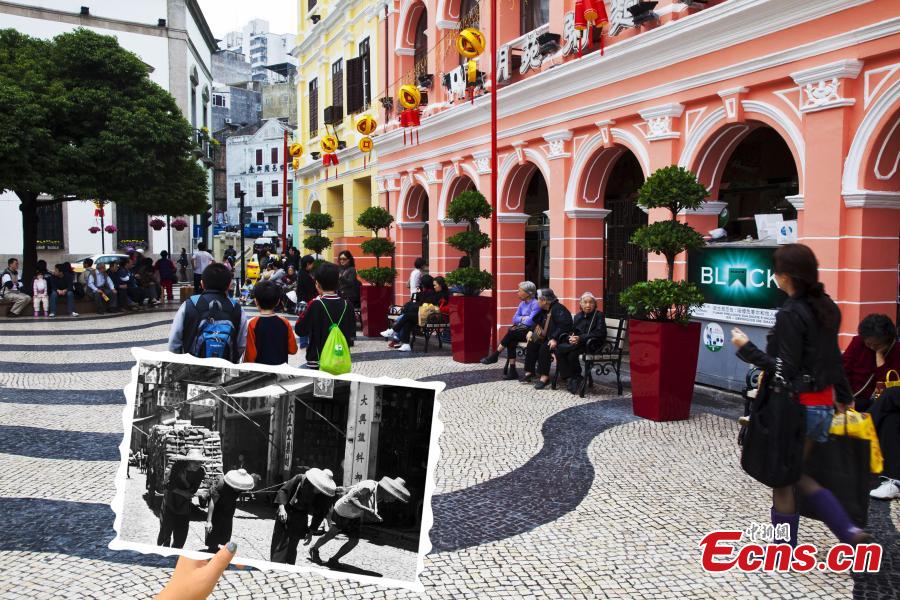
The photo in the lower left-hand corner shows men and women doing hard labor for a living on the streets of Macao. But now, seniors and children enjoy a peaceful and happy life.(Photo: China News Service/Tian Bochuan Li Xueyao)
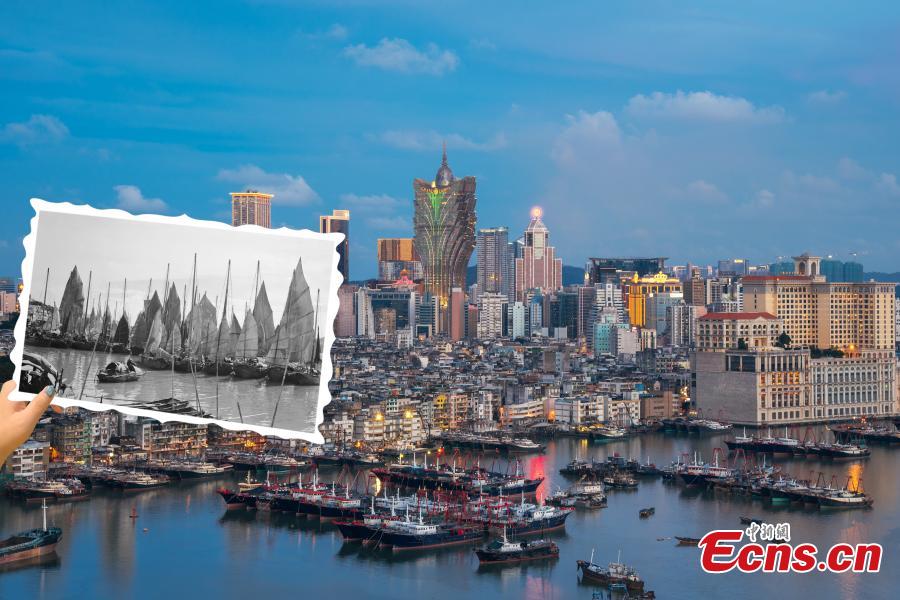
A view of Macao, juxtaposed with a photo of the same area from the past. (Photo: China News Service/Tian Bochuan Li Xueyao)
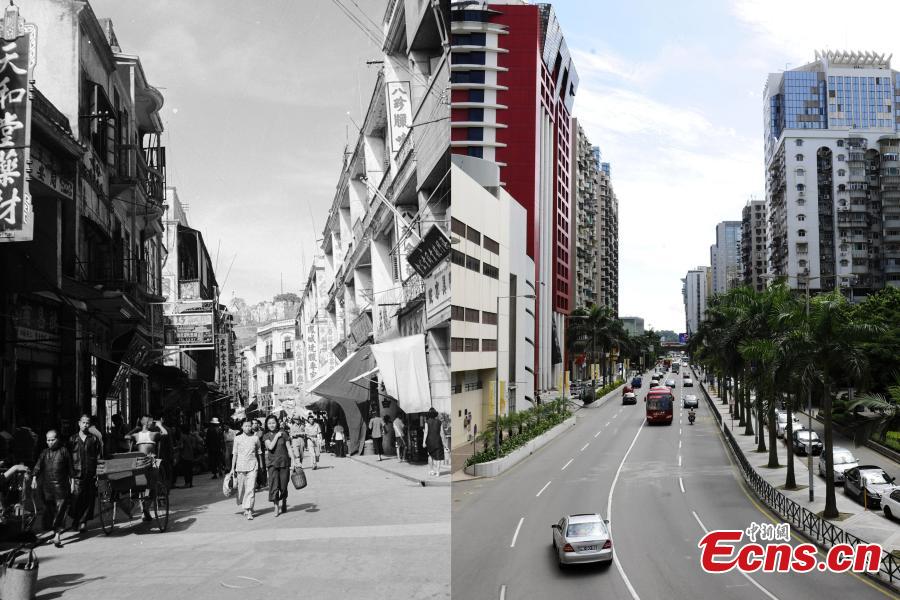
The streets of downtown Macao are lined with shops in the 1950s, but now there are high-rise buildings everywhere in the city. The once winding path is now wide and straight. (Photo: China News Service/Tian Bochuan Li Xueyao)
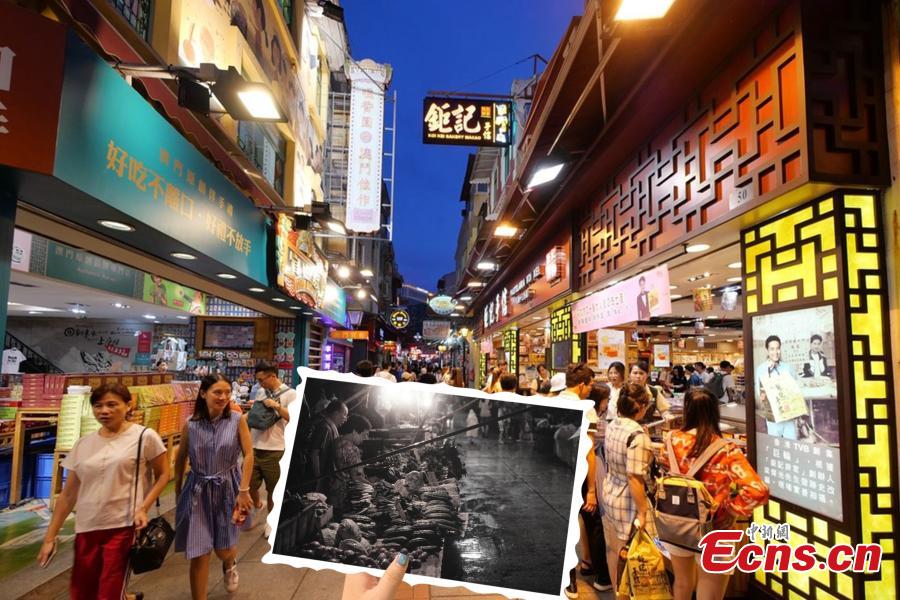
Macao has drawn more tourists for its World Cultural Heritage status and gourmet offerings. (Photo: China News Service/Tian Bochuan Li Xueyao)

Left: Public security is a headache for ordinary people before Macao returns to the motherland. Right: After Macao's return, the rapid stabilization of public security has brought new vitality to the development of the beautiful city.(Photo: China News Service/Tian Bochuan Li Xueyao)
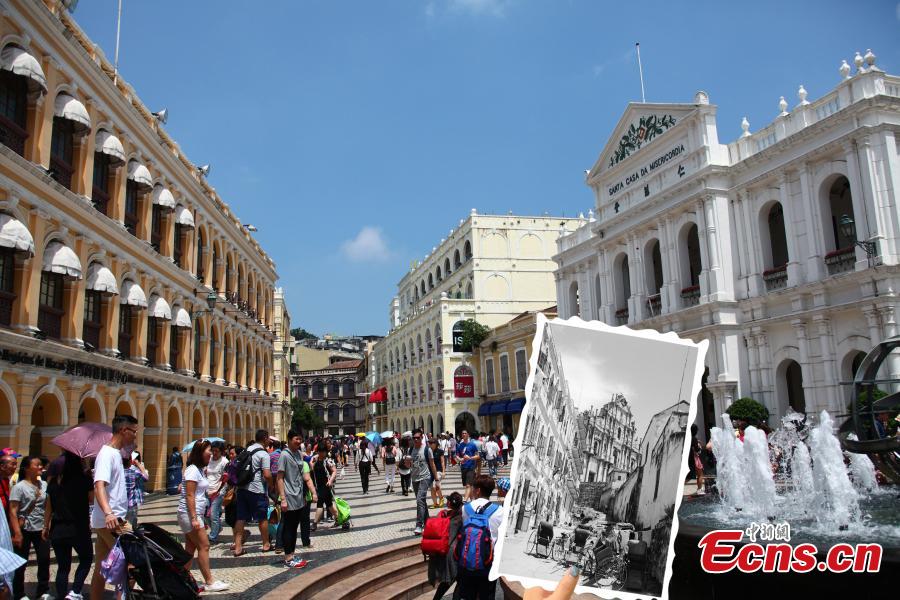
The pedestrian street in front of the Ruins of St. Paul's. Here is the essence of the Historic Center of Macao, a World Heritage site. (Photo: China News Service/Tian Bochuan Li Xueyao)
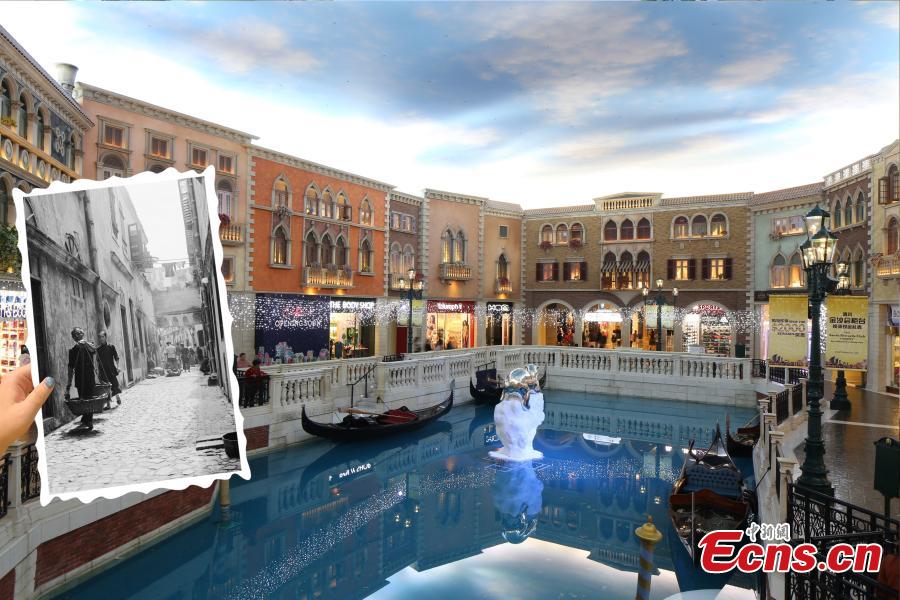
The Venetian Macao at Sands Cotai Central is pictured, along with a photograph of the area from the past. Macao, with a land area of just over 30 sq km and a population of just over 600,000, received as many as tens of millions of tourists in 2019.(Photo: China News Service/Tian Bochuan Li Xueyao)
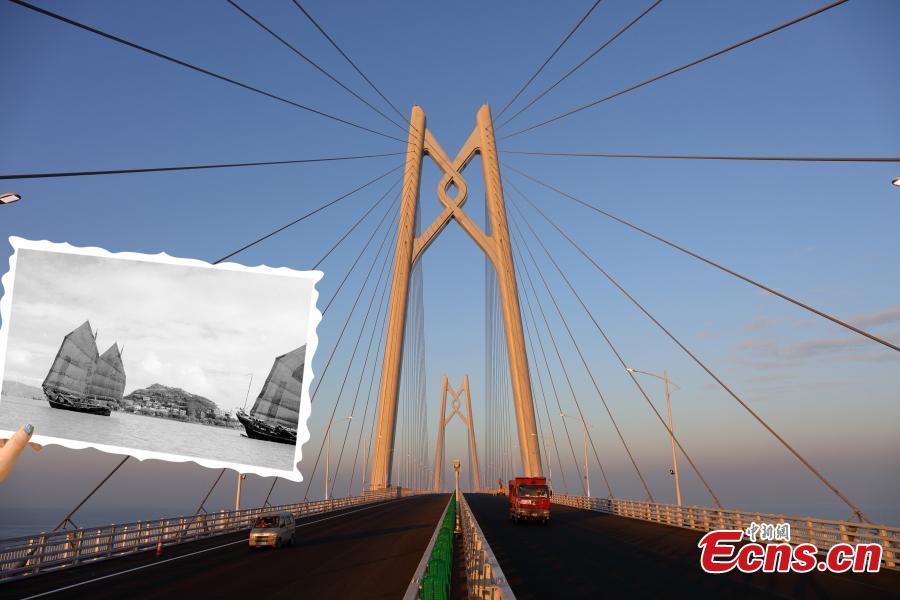
The Hong Kong-Zhuhai-Macao Bridge, which opened in 2018, and the future expansion of the Macao international airport are set to further strengthen the connection between Macao and surrounding areas.(Photo: China News Service/Tian Bochuan Li Xueyao)










